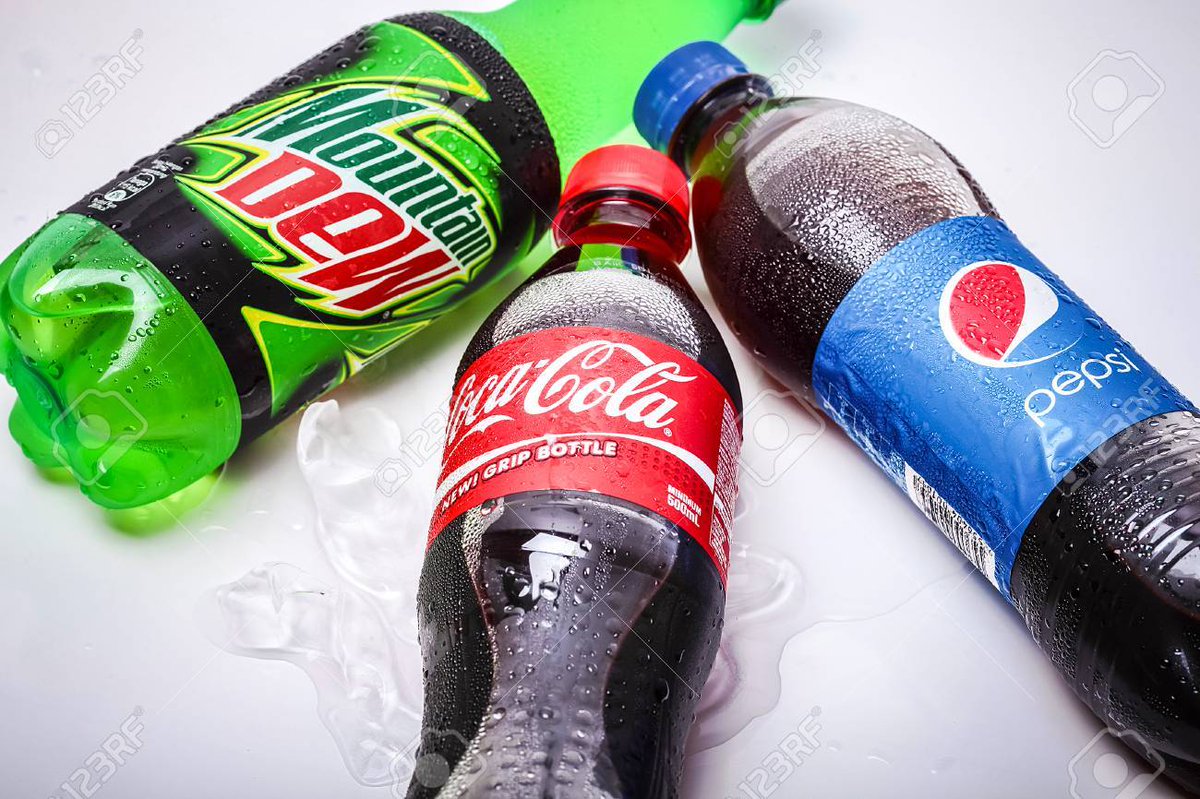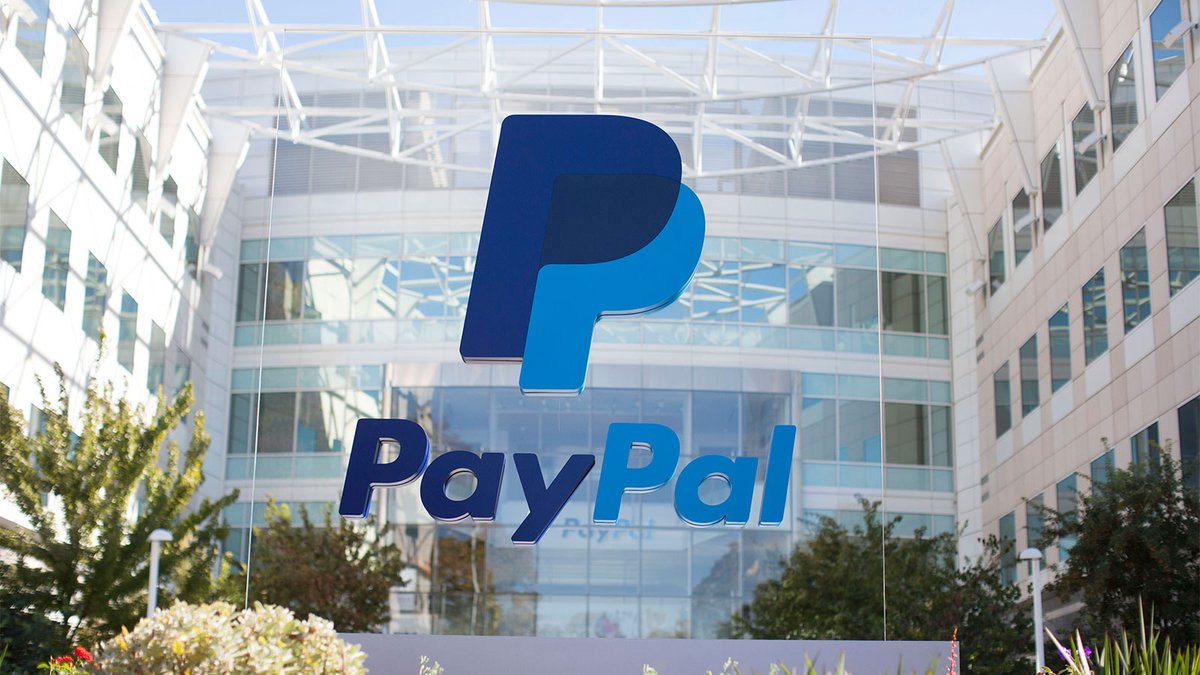1/ Speaker Mike Johnson introduced a two-step "laddered" funding bill to avoid a government shutdown. This CR splits funding deadlines into mid-January 2024 for some agencies and early February 2024 for others, allowing time for detailed appropriations bills.
2/ The CR passed with bipartisan support, maintaining current spending levels without the deep cuts some conservatives wanted. However, it excluded spending reductions and conservative policy riders, leading to dissatisfaction among some GOP members, especially from the House Freedom Caucus.
Controversial Aspects of the CR:
3/ No Spending Cuts: A major point of contention, as conservatives pushed for reductions in federal spending which were not included.
3/ No Spending Cuts: A major point of contention, as conservatives pushed for reductions in federal spending which were not included.
4/ Lack of Border Security: Criticized by some for not incorporating measures to enhance border security, a priority for many Republicans.
5/ Exclusion of Policy Riders: Unlike previous CRs, this one did not leverage funding to push conservative policy changes, disappointing those who viewed this as an opportunity.
• • •
Missing some Tweet in this thread? You can try to
force a refresh
















